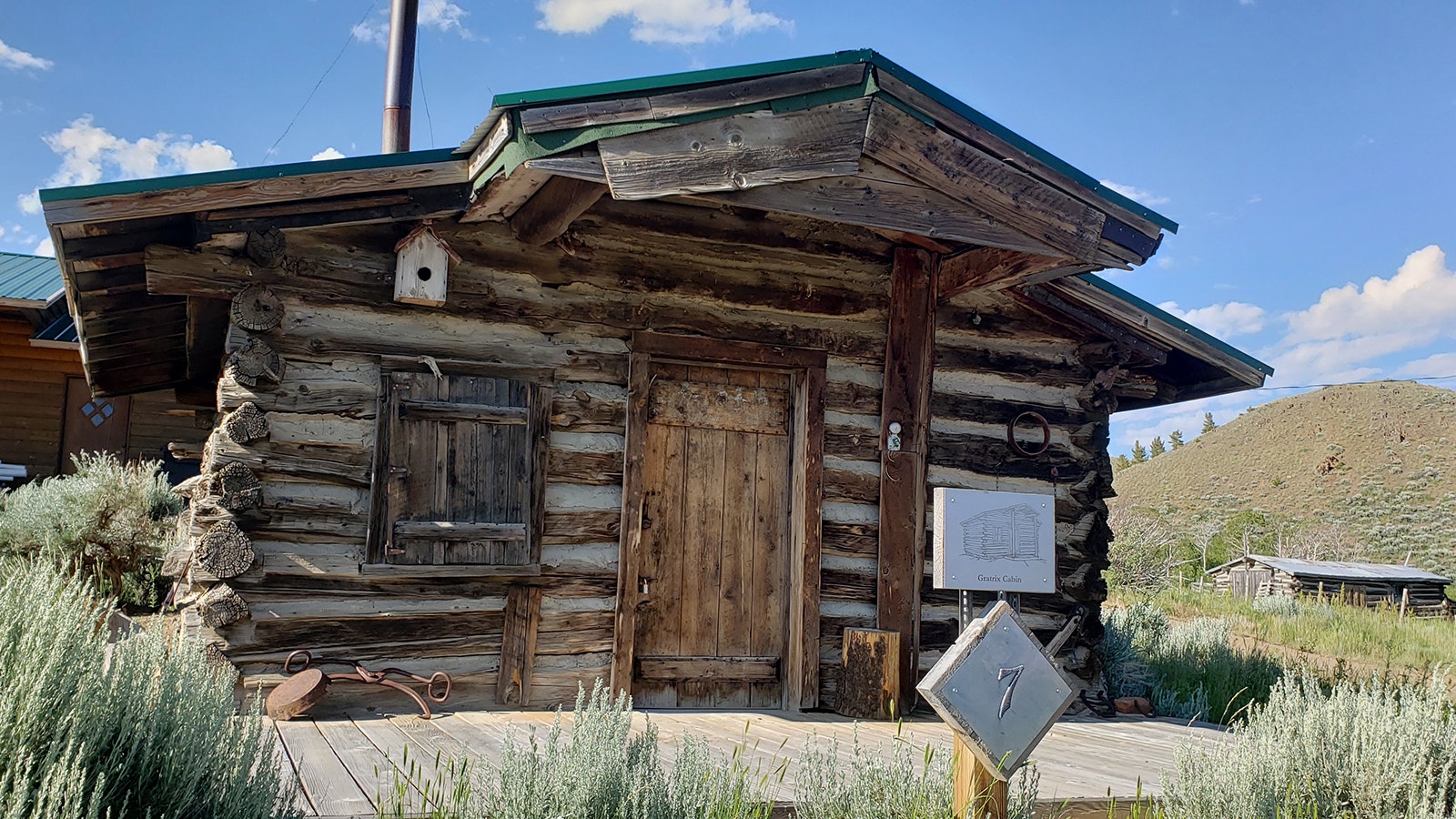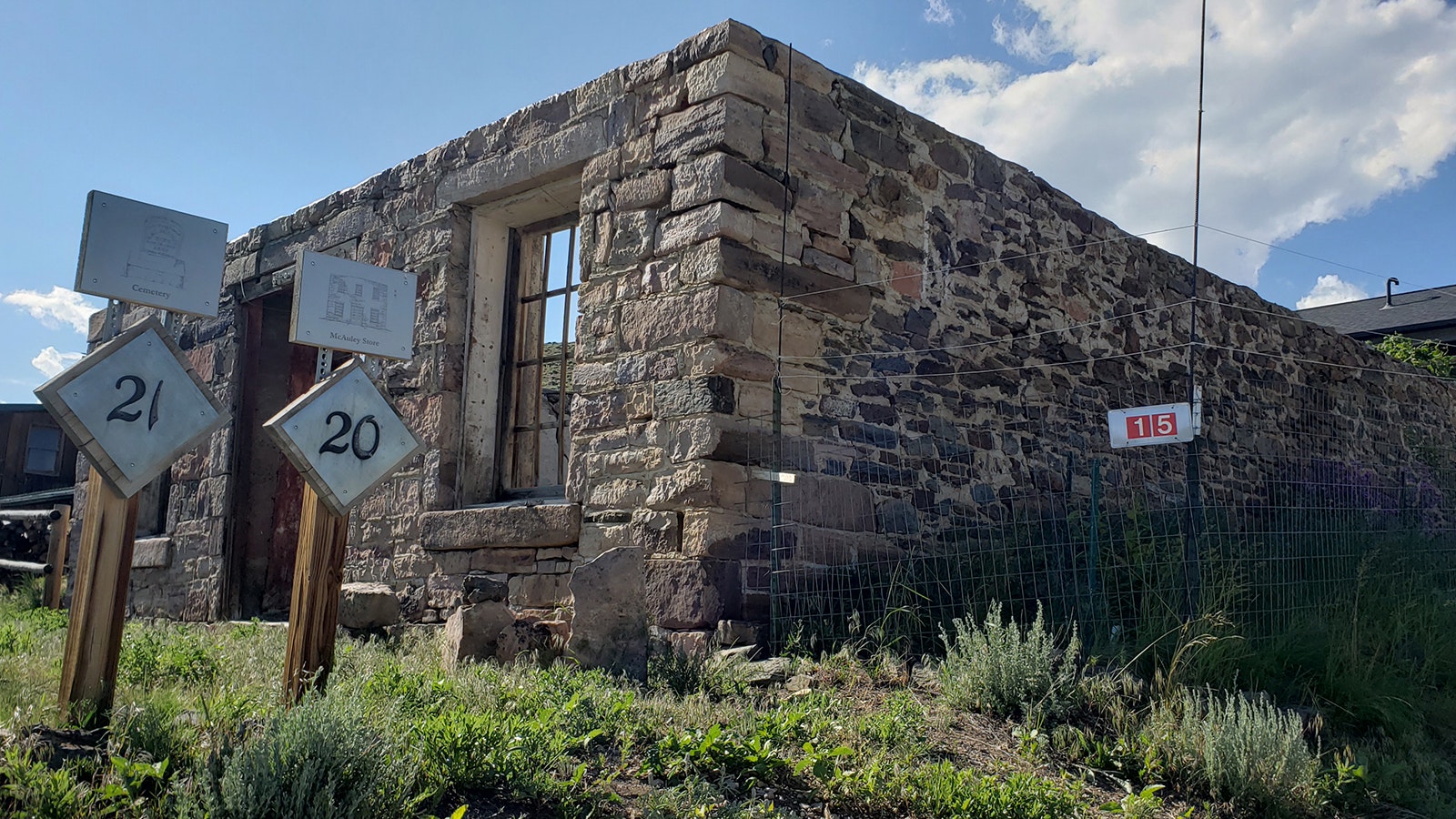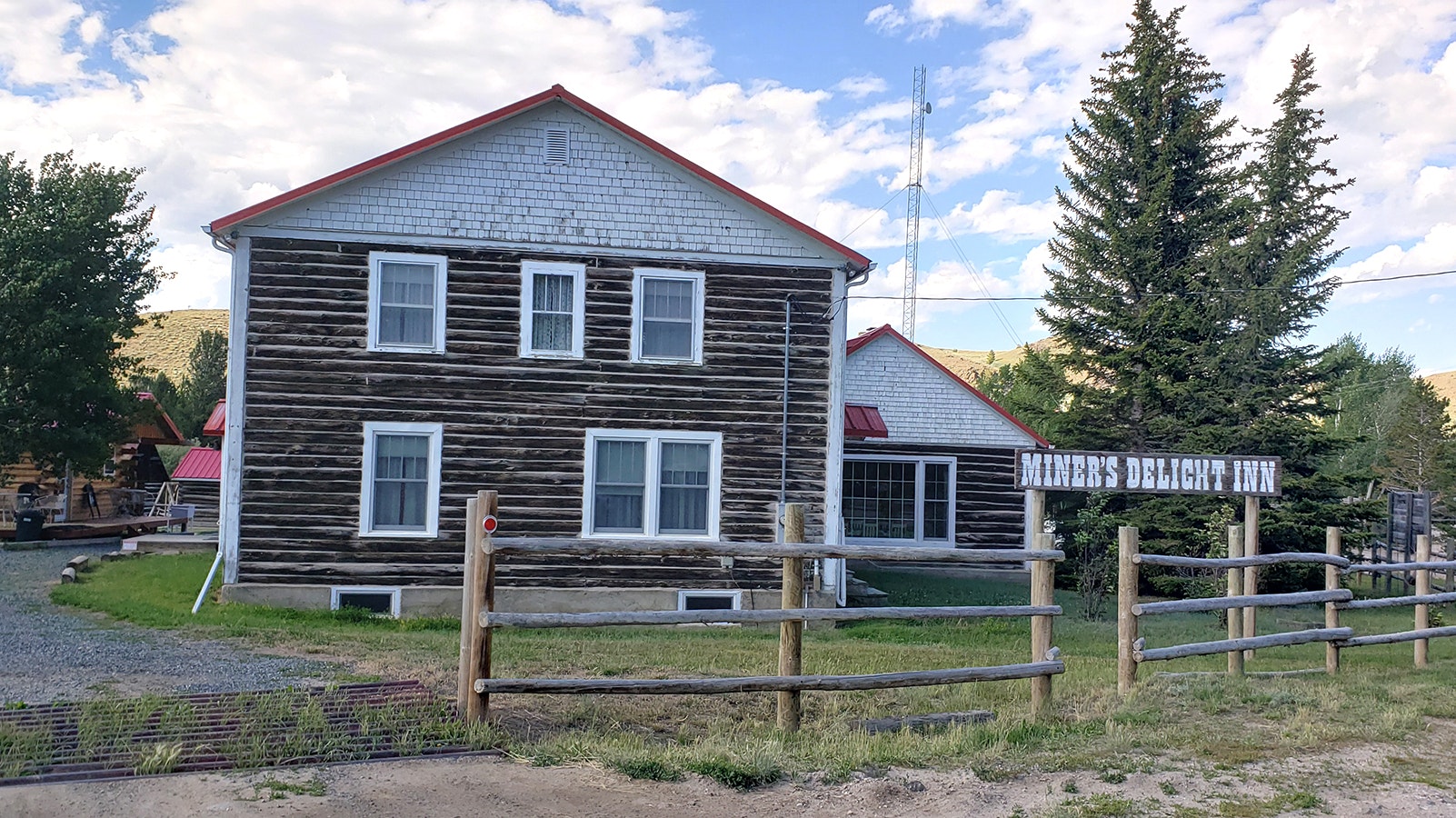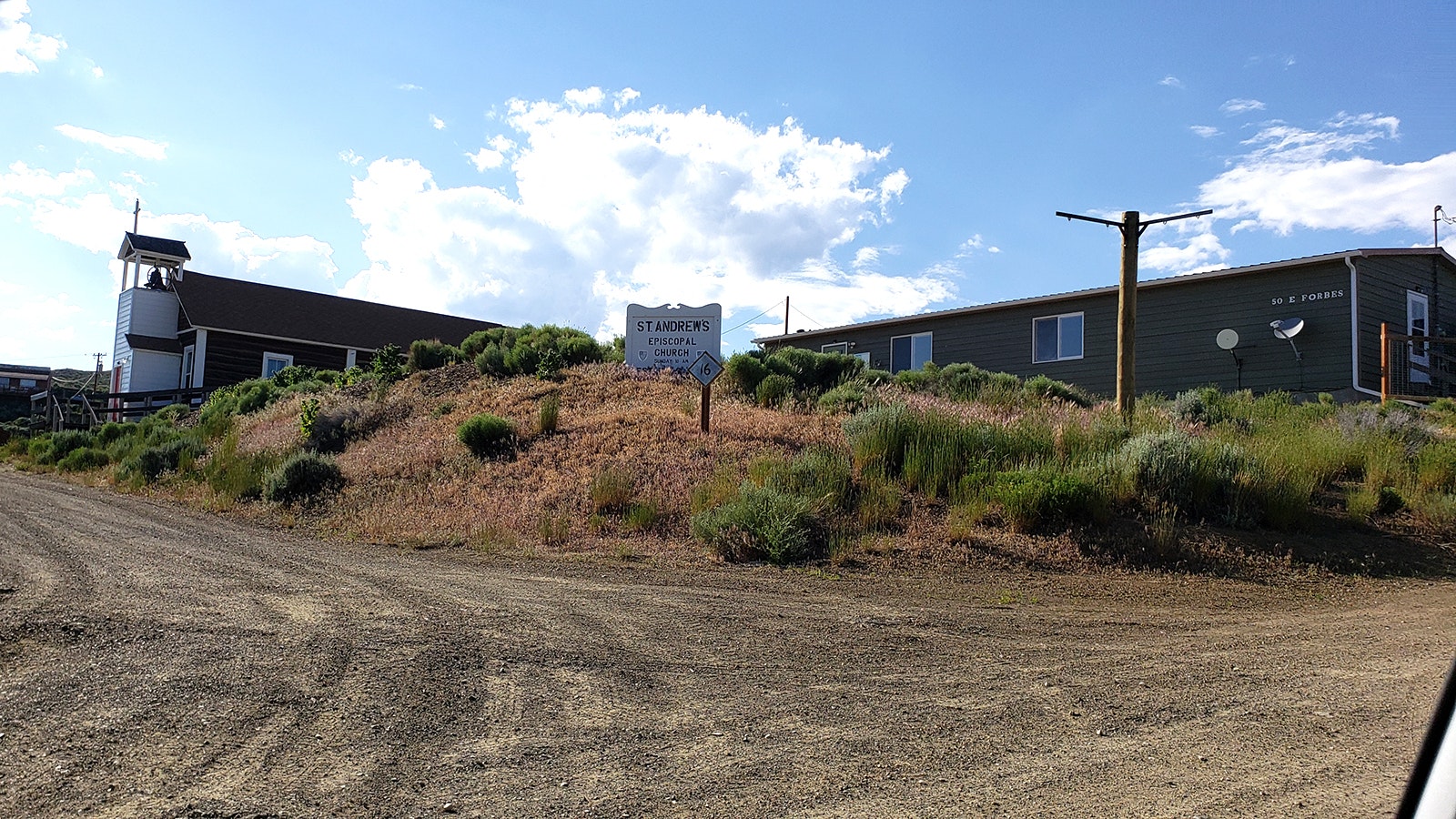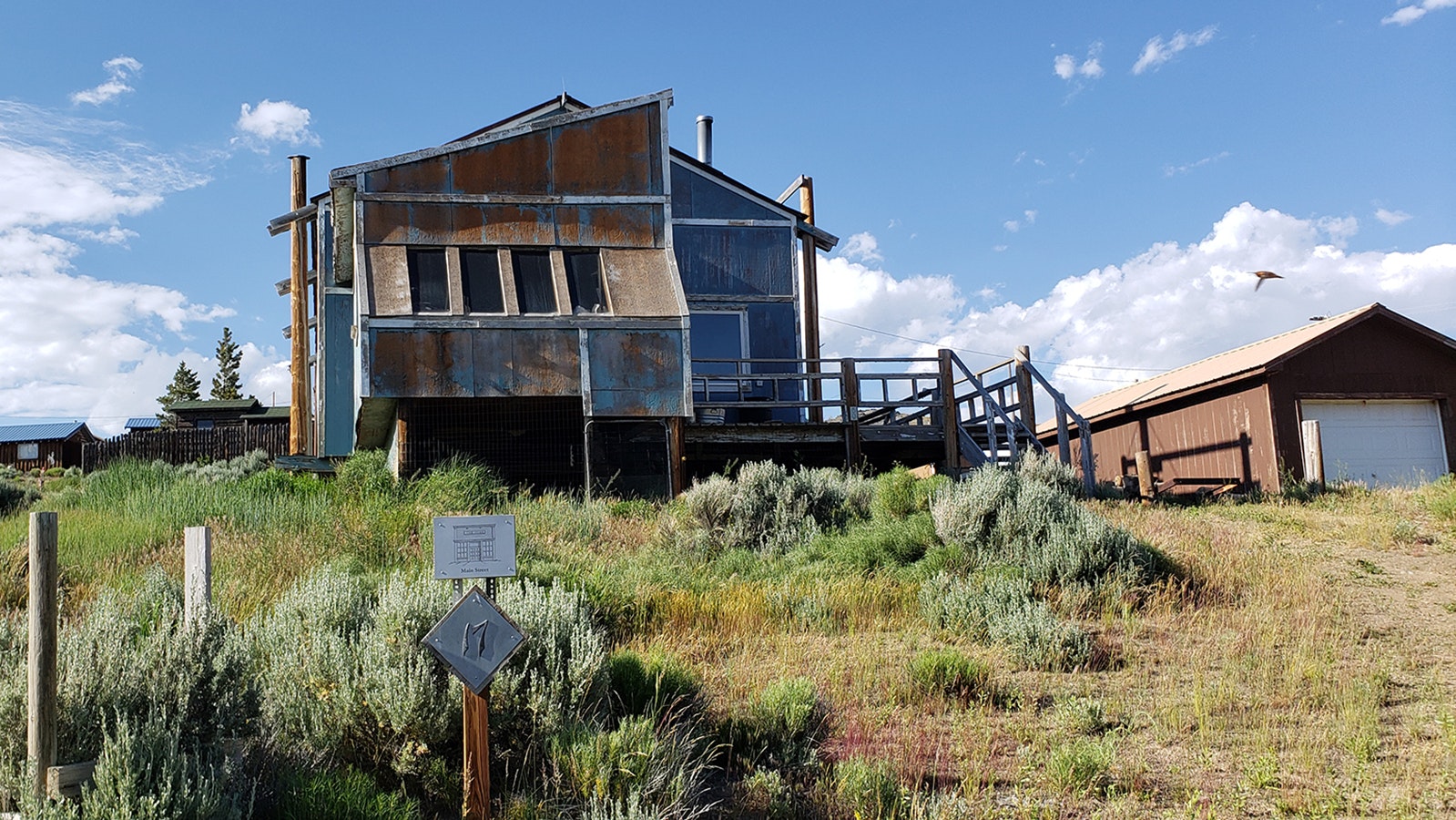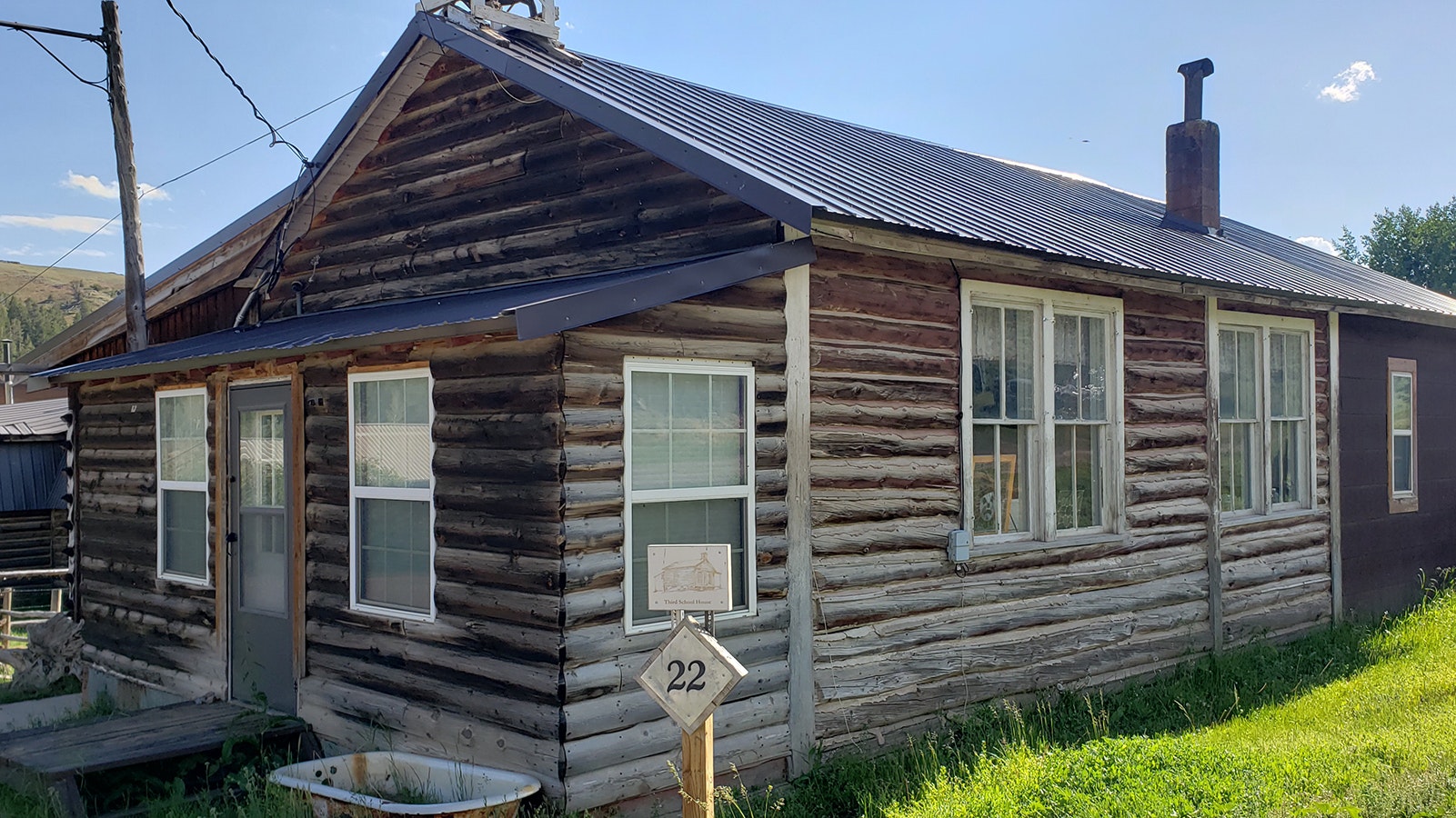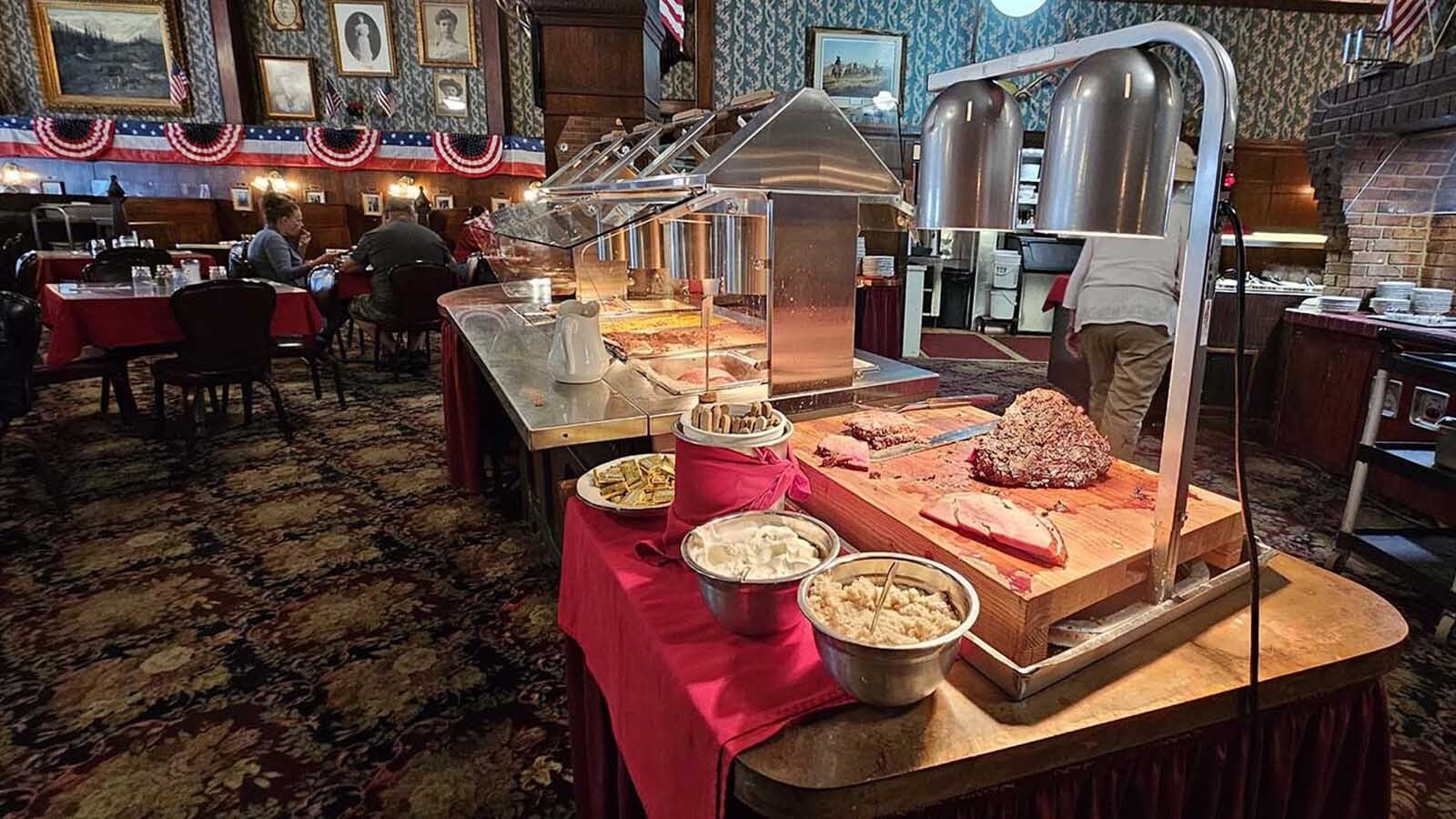ATLANTIC CITY — Sitting in the shadow of the Continental Divide is an adventure of the quiet sort, in an almost ghost town.
Atlantic City, Wyoming, was once a city full of dreams — gold dreams that is. She was one of the trio of towns that sprang up amid the sagebrush and wind in 1868, as young men rushed to the area in hopes of finding gold in the surrounding hills.
Atlantic City has had staying power down through the decades, and is the only one of the three towns that still remains a town, though it is not incorporated.
Some historical accounts have credited the Atlantic City Mercantile for that. In the early days, Geissler’s Store, as it was known then, offered not only necessary goods, but necessary services, such as a post office and, eventually, telephone service.
Today, the Atlantic City Mercantile still offers a great steak dinner in a bar full of history.
Its next-door neighbor, The Miner’s Grubstake & Dredge Saloon, is known among the hiking and biking crowd for cold beer and bacon-stuffed burgers, as well as other hearty foods.
Neighboring South Pass City, meanwhile, has become a state historic site. It offers a look at an early, gold-rush town as well as the opportunity to pan for gold, while the site that used to be Hamilton — sometimes called Miner’s Delight — was taken over by the Bureau of Land Management, and is a true ghost town.

Tourism Is Atlantic City’s New Gold
What’s boosting Atlantic City these days is a fair bit of tourism, from a perhaps unexpected source.
Word-of-mouth among Continental Divide hikers has helped place the town as a waypoint on the trail where hikers can find a meal, spend the night, and perhaps restock some of their supplies.
The Backcountry Discovery Route (BDR) for Wyoming has also listed Atlantic City as a way point on 1,000 miles of backcountry riding for motorcycles.
“(BDR) has had real monetary impact on the communities they’ve traveled through,” Atlantic City resident Bill “Wild Bill” Moore told Cowboy State Daily. “And actually, the organization that put that together, they kind of keep in touch with us to see what the economic impact is, as well as whether the people have been treating us right.”
Between the two trails, that’s bringing several hundred hikers and bikers into town.
“(That) has really given this town a boost,” Moore said. “The restaurants are full with people, and I actually just saw about 20 motorcycles come through here today.”
Some of the restaurant customers book lodging at Moore’s establishment, which is the Miner’s Delight Inn.
It and the Atlantic City Mercantile are among several historic buildings that still stand today and are listed on the National Register of Historic Places. The buildings are part of a self-guided walking tour created by the Atlantic City Historical Society.
Calamity Jane Slept Here?
No one knows for certain if Calamity Jane spent the night in Atlantic City once upon a time, but it’s certainly possible.
The 1870 Census records list a Martha Jane Cannary, which is Calamity Jane’s real name, as a resident of Hamilton City, often referred to at the time as Miners Delight.
Local legends around Atlantic City, passed down by oral history, tell that she was once a dance hall girl at the McAuley Store, later known as Hyde’s Hall.
J.W. Anthony built the two-story stone structure in 1869 as the town’s first bank. The bank went bust, however, and so Anthony was never paid for his work.
Robert McAuley later opened a general store in the structure, which included a saloon with gaming tables and a post office. But the second floor had to be removed after an early 1900s earthquake, and the McAuleys moved on to Rock Springs.
The building was somewhat restored by Tom Hyde in the 1920s, but all that remains today is a shell of a building, with no roof.
Atlantic City is also home to one of Wyoming’s earliest cabins, the Gratrix Cabin, or the Quaking Aspen Hut Crossing Cabin, which still stands.
The cabin was either built or moved to its present-day location in 1842, and once served the Eastern Shoshone tribe as a waypoint during migratory wanderings, according to material prepared by the Atlantic City Historical Society.
Judge Buck Gratrix, who was a late 1860s arrival, lived in the cabin when he served as a justice of the peace.
Records suggest town meetings and elections were held in the tiny cabin, which also once served as a school.
Gratrix is said to have boasted that when he lived in the cabin, he occupied three counties (Carter, Sweetwater, and Fremont), as well as two territories, the Dakotas, and one state — Wyoming.
These are but two of 30 places on Atlantic City’s self-guided walking tour, all of which are explained in detail in a free brochure that’s available in a protective, clear plastic box located at the center of town on Main Street, near the town’s bulletin board.
Renée Jean can be reached at renee@cowboystatedaily.com.

